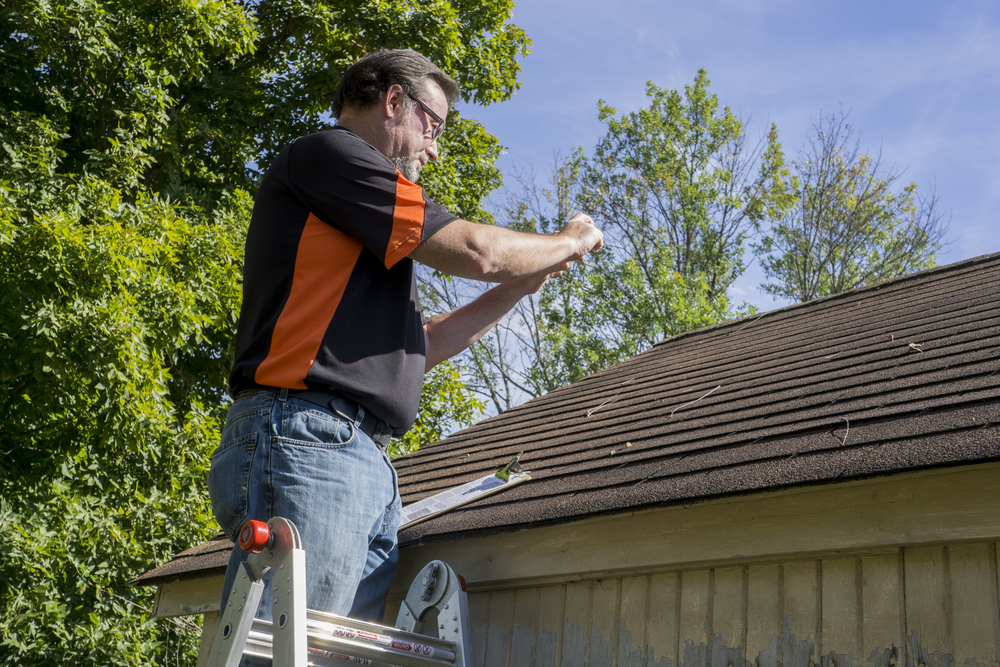Maryland summers are no stranger to heavy rain, wind, and lightning. And while summer thunderstorms may pass quickly, the damage they leave behind can last much longer—especially if it goes unnoticed. At Clearview Home Remodeling, we often see homeowners wait too long to inspect or repair storm damage, leading to more extensive and expensive issues down the line.
Here are the top signs of storm damage to look out for after a summer thunderstorm—and why acting quickly can save you time, money, and stress.

Roof Shingles That Are Missing, Lifted, or Damaged
Your roof is your home’s first line of defense. After a thunderstorm, check for:
- Shingles that are curled, cracked, or missing altogether
- Granules accumulating in your gutters or on the ground
- Exposed nails or underlayment
Even minor damage can allow water to seep in, leading to leaks and mold growth. If you’re unsure, a professional roof inspection is the safest way to assess any issues.
Leaks or Water Stains Indoors
Water spots on your ceiling, wet drywall, or a musty smell after a storm could indicate that water is getting in. These signs often appear in the days following a storm, especially if it was windy enough to push rain beneath your shingles or siding.
Don’t wait for a drip to confirm a leak—by then, the damage could already be extensive. Call a professional if you see any signs of moisture where it doesn’t belong.
Dented or Damaged Siding
Strong winds, flying debris, or hail can damage siding, especially vinyl or aluminum. Look for:
- Cracks, holes, or warping
- Sections that have come loose
- Paint that’s chipped or peeling unexpectedly
Damaged siding not only affects your home’s curb appeal—it can also allow pests and moisture to get in.
Gutter Problems
Thunderstorms can clog, dent, or even detach gutters. After a storm, check to ensure:
- Gutters and downspouts are securely attached
- Water is flowing away from your foundation
- No visible dents or separations are blocking water flow
Improper drainage can cause water to pool near your home, which can lead to basement leaks or foundation damage.
Broken Windows or Screens
Flying debris and strong wind gusts can crack windows or tear screens. Even small cracks can worsen over time and compromise your home’s insulation. Screens, meanwhile, help keep insects out and should be replaced if torn or sagging.
Fallen Tree Limbs or Debris on the Roof
Even if your roof looks fine from the ground, branches and debris left on top can cause long-term damage. The added weight or sharp edges could puncture roofing materials. It’s a good idea to have any rooftop debris professionally removed and to check for any subtle damage underneath.
Don’t Wait—Schedule an Inspection
Storm damage isn’t always obvious right away. At Clearview Home Remodeling, we offer prompt, professional post-storm inspections to give you peace of mind and prevent small issues from becoming major problems. Whether you need roof repairs, siding replacement, or general storm restoration, our team is here to help.
If you think your home may have suffered storm damage, contact Clearview Home Remodeling today. Let’s get your home back to its best—safely and quickly.
